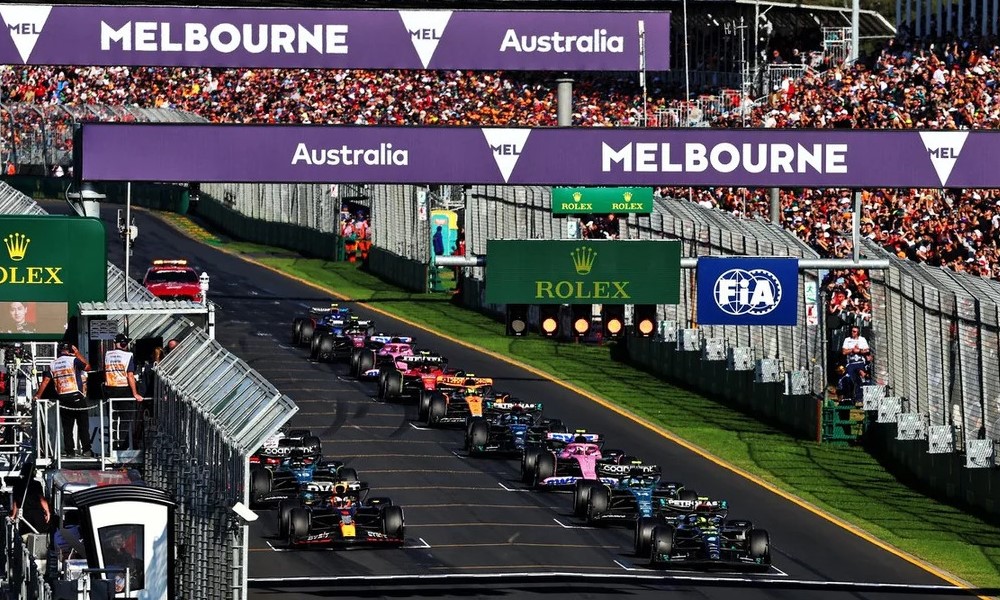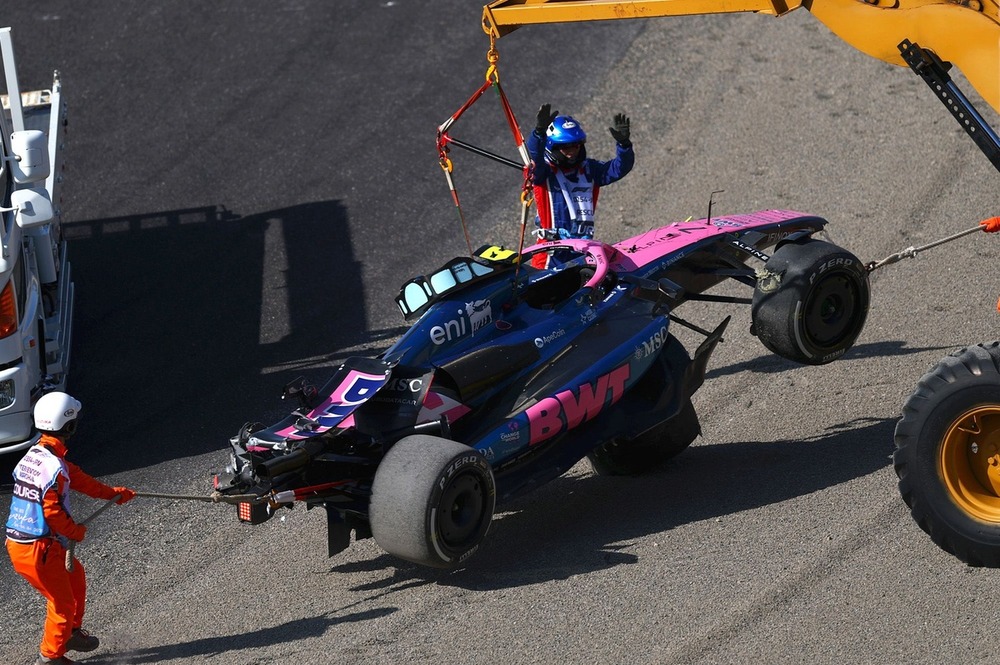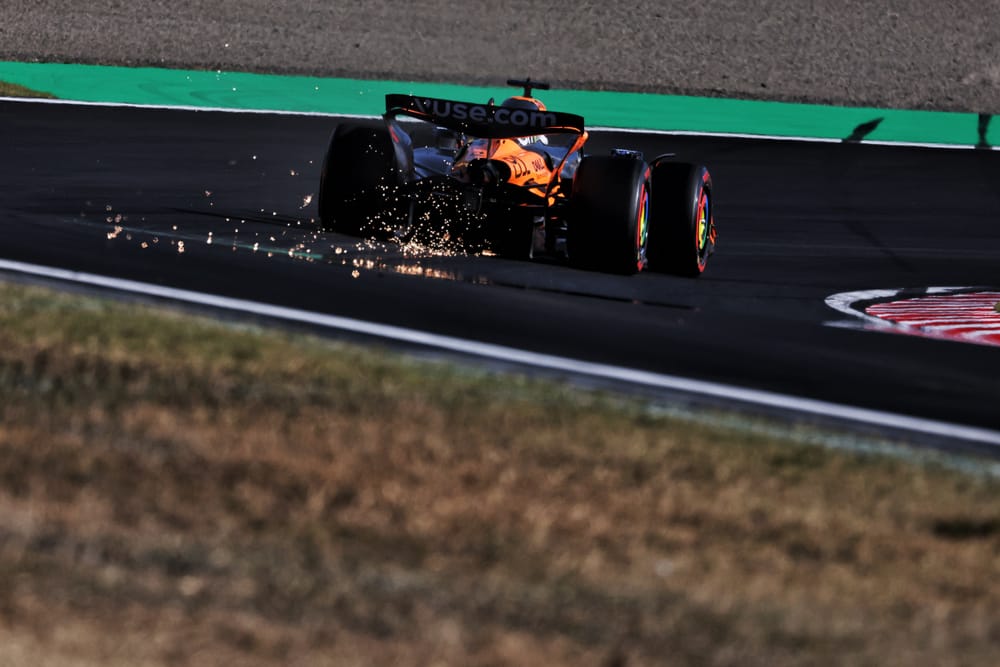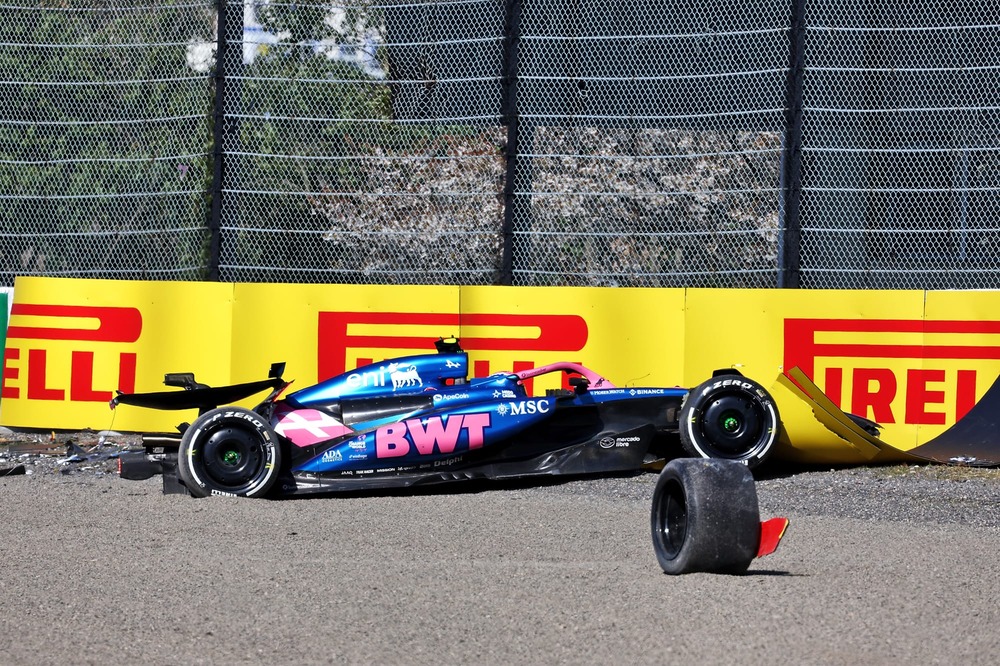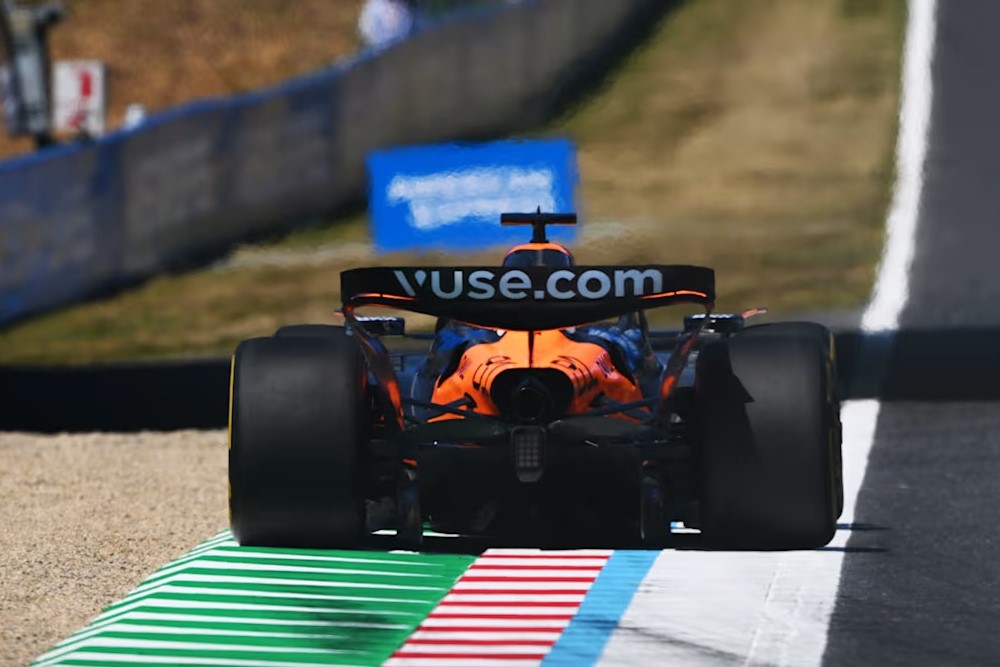The FIA has announced crucial Australian Grand Prix track changes ahead of the 2025 F1 season opener.
The revisions made to the Albert Park Circuit in Melbourne come in response to a series of incidents that marred the previous season, particularly a dramatic crash involving George Russell during the 2024 race.
The Australian Grand Prix track changes are designed to mitigate risks associated with high-speed cornering specifically at Turns 6 and 7 while preserving the challenging nature of the circuit that has become a hallmark of the iconic race.
The decision to revise the Albert Park Circuit was prompted by feedback from drivers and teams, as well as comprehensive analyses conducted by the FIA’s Safety Department following incidents at Turn 6, where both Russell and Alex Albon suffered heavy crashes last season.
In Russell’s case, his car rebounded onto the racing line after hitting the barriers, raising concerns about potential collisions with oncoming vehicles.
Such incidents have underscored the need for immediate action to improve safety measures without compromising the thrilling characteristics of the iconic circuit.
Among the most notable Australian Grand Prix track changes is the introduction of a new kerbing system at Turns 6 and 7. The previous two-step kerb design has been replaced with a single negative kerb that sits below track level.
This modification will provide a smoother transition through the turns – which previously unsettled cars, reducing the likelihood of accidents caused by sudden loss of control.
Additionally, the gravel trap at Turn 6 has been extended to reach the back of the kerb creating a more forgiving environment for drivers who may inadvertently run wide. This adjustment is crucial in preventing cars from bouncing back onto the track after colliding with barriers.
Furthermore, the barriers themselves have been repositioned and re-profiled to minimize risks associated with impacts, ensuring that cars are less likely to come to rest in precarious positions near the racing line.
The FIA’s commitment to safety is evident in its collaborative approach with local authorities and grand prix organizers. The Australian GP Corporation has played an instrumental role in discussing and implementing these changes, reflecting a shared dedication to maintaining high safety standards in motorsport.
READ ALSO: Full 2025 F1 Calendar
The Australian Grand Prix track changes were not made lightly; extensive discussions took place among stakeholders, including drivers who expressed their concerns about specific corners on the circuit.
“Following a review of last year’s event at Albert Park, several changes to Turn 6 and Turn 7 have been approved in collaboration with the local ASN and the grand prix organisers,” an FIA spokesperson confirmed.
“The kerb at the exit of Turn 6 through entry and apex of Turn 7 has been replaced with a single specification of negative kerb.
“This adjustment removes the transition from negative to positive kerb that was present in this area, which previously had been addressed by local modification (grinding) of the kerb to provide a smoother transition between kerb types. The intent is to remove the possibility of this transition destabilizing a car.
“Additionally, the gravel trap now extends to the back of the kerb and the barrier on the left-hand side of Turn 7 has also been moved and re-profiled to mitigate the possibility of a car coming to rest in a position near the racing line following an impact with the energy absorbing barrier in this area.”
Head of Grand Prix Drivers Association [GPDA] George Russell has been vocal about safety issues in Formula 1 and welcomed these changes as necessary steps toward improving driver safety.
He highlighted that while Turn 6 is one of the most exhilarating corners on the circuit, it is vital to ensure that its design does not endanger drivers’ lives.
“The corner is amazing, probably one of the best corners on that circuit, so I wouldn’t want to see that corner change,” Russell said. “But all circuits that have the barriers in certain positions, if it’s going to propel you back onto the circuit, that’s obviously not good.
“We don’t want to have big runoffs. Just the position of that wall, even if it’s closer to the track but in line with the circuit, at least you wouldn’t bounce off onto the racing line.”
Russell’s input aligns with broader sentiments within the driver community regarding safety enhancements across various circuits.
As preparations for the 2025 F1 season continue, these changes are expected to foster an environment conducive to exciting racing while prioritizing driver safety. The Australian Grand Prix is set to kick off on March 16, marking an eagerly anticipated start to the Formula 1 season.

